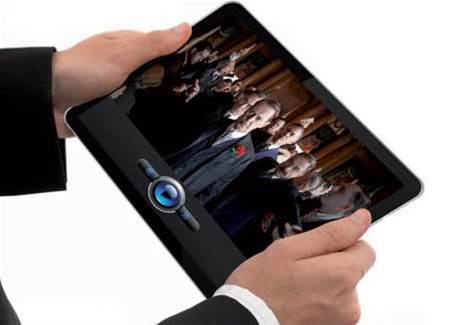Car maker Toyota Australia has turned to prepaid data packs and negotiated deals in the countries its executives frequent in order to avoid staff running up massive data bills.

Speaking as part of a panel on enterprise mobility at the CeBIT conference, Toyota corporate manager of service delivery Ellis Brover shared this and some of the other lessons the organisation had learned since it embarked on its mobility strategy around two years ago.
"Many are responsible, minimise global roaming, don’t spend time browsing YouTube , but some, no matter how much education we do, come back with multi-thousand dollar bills," Brover said.
“Within a few days of the rollout I had a lady in tears in my office because she’d run up $15,000 without realising she’d run up anything, so that wasn’t a great look.”
Since then, Brover said, Toyota has stopped all global roaming by default, and pre-purchases data packs from carriers when required. It also negotiates deals in countries where its executives visit regularly.
“We have no perfect solution for this unfortunately,” he said.
Neverthless, Brover had few regrets about embracing mobility, whicn he said had required a change in thinking.
“We changed not only the technology but the way we think about it being an executive perk, to it being a tool of the trade for people who have a high degree of mobility as part of their job requirements,” Brover said.
The organisation subsequently developed a tiered mobility strategy, with a top tier for executives with 24/7 support, second tier for dealers, field staff, sales reps and engineers with company-owned devices, and a third tier for BYOD, which is optional.
“If we think you need a device as part of your job role we’ll give you a device and we’ll pay for it, we’ll support it, we’ll own it and control it.
For employees where devices are not deemed critical, there’s the BYOD program.
“You’re very welcome to bring in your own iPhone or iPad and subscribe to our BYOD program … but we’re not forcing you to do it and therefore we don’t provide support for that tier, it’s a best effort self-serve web portal structure.”
Brover said his advice to other organisations developing mobility strategies would be not to over-analyse it.
“This is one of those decisions that you’ve just got to take a leap of faith and do it…while you’re taking time and doing surveys and analysis the world’s moving on.”
He said the benefits didn’t just extend to remote email and other regular tasks, but completely new ways of doing old business processes.
Fairfax goes BYOD
Speaking on the same panel, Fairfax chief information officer Andrew Lam-Po-Tang said the media organisation was about to roll out a BYOD program “in the next few weeks”, driven by a desire to reduce costs and support hot-desking workers.
“We are under tremendous cost pressures as a result of our traditional print revenues receding at a rapid pace and that’s been a big driver for a lot of what we do in the mobility space … not focusing on mobility per se but realising it’s an important enabler for productivity in the workforce.”
The decision was made easier, Lam-Po-Tang said, by the company’s move to the cloud with Google Apps last year.
He added that Fairfax expected about 10 to 15 percent of its 7500 strong Australian workforce to take up the BYOD option.
“Hopefully they will be quite thrilled and excited about the option to do that,” Lam-Po-Tang said.
Despite the productivity drive, and acknowledging many Fairfax staff bring gear of higher quality than what the company could offer them, he said Fairfax regarded BYOD “as a privilege not a right”.
“We are very upfront about saying to people ‘you need to give us permission to carpet bomb your device remotely if there’s a security risk’.”




_(20).jpg&h=140&w=231&c=1&s=0)
.png&h=140&w=231&c=1&s=0)



_(26).jpg&w=100&c=1&s=0)

 iTnews Executive Retreat - Security Leaders Edition
iTnews Executive Retreat - Security Leaders Edition












_(1).jpg&h=140&w=231&c=1&s=0)



